Australia relocated people to make room for tiny penguins
People living on Phillip Island in southern Australia have been relocated, returning their natural habitat to the world's smallest sized penguins.
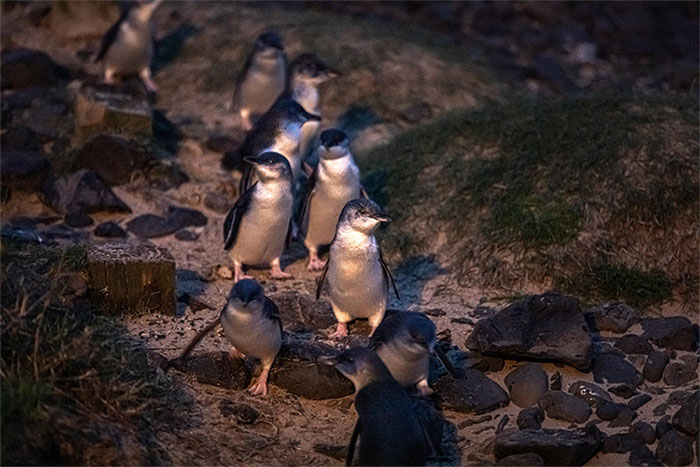
As the sunset begins to fall on Phillip Island, southern Australia, thousands of tiny penguins emerge from the wave, traveling along the coast to their nests on the island after a day of feeding and swimming.(Photo: New York Times).
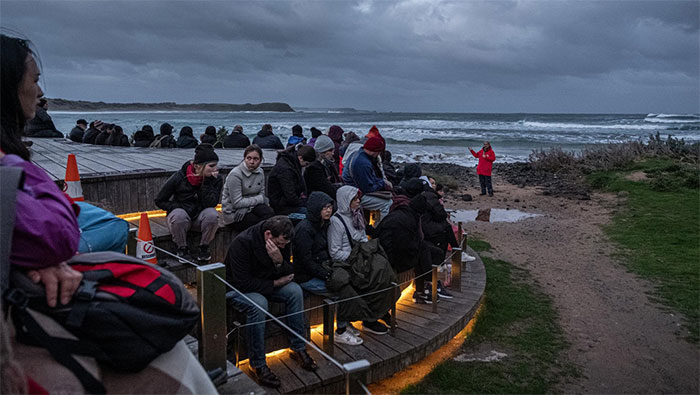
Since the beginning of the 20th century, tiny penguins on Phillip Island have attracted hundreds of tourists every day to visit the island.This penguin is said to be the smallest in the world, mature individuals are only about 30cm tall.In the photo, visitors wait for the moment when the penguin returns after a day of feeding.(Photo: New York Times).
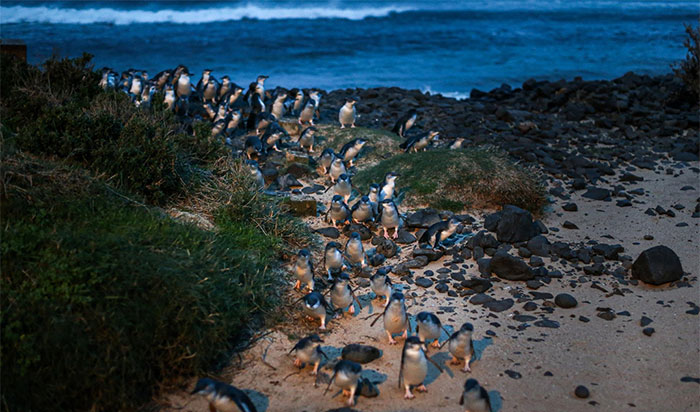
For years, tiny penguins have lived with human settlements.Due to the impact of human traffic and construction activities, the number of individual penguins dropped sharply in the late 1980s. (Photo: New York Times).
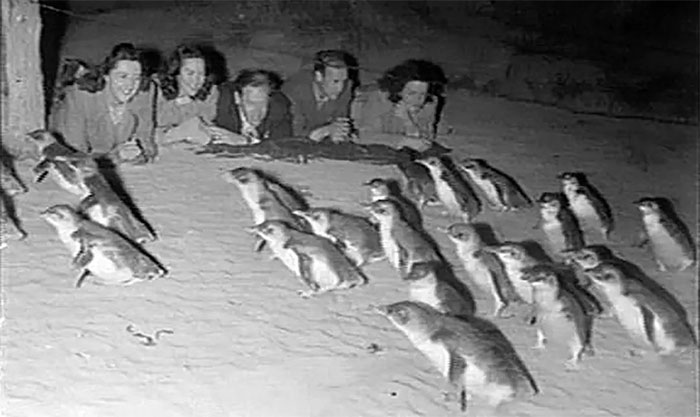
In order to prevent this situation, the Victorian state government since the early 1980s has limited infrastructure development projects.Since 1985, authorities have decided to buy all the land on Phillip Island, with the aim of relocating people from the island, returning the natural habitat to the penguins.This is unprecedented work in Australian history.(Photo: New York Times).
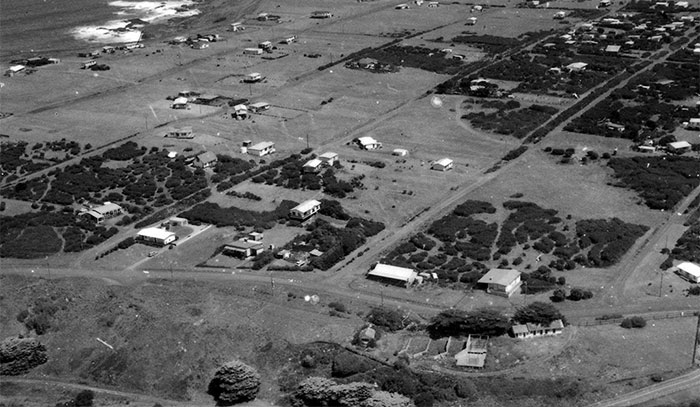
The decision of the Victorian government is a shock to the islanders, as well as those with houses to rest and travel here.Due to people's objection, as well as financial difficulties, the plan to relieve Phillip island was tens of years longer than expected.In 2010, the authorities completed the acquisition of the entire island.(Photo: New York Times).

Last week, the demolition and clearance work on Phillip Island was completed.However, over the past 30 years, the number of individual penguins on the island has increased rapidly.From about 12,000 individuals in the late 1980s, the penguin species here currently maintain about 31,000 individuals.(Photo: New York Times).

Efforts to revitalize the environment and rescue tiny penguins have brought sweet fruit to Australia.Phillip National Park has now become the most popular natural tourist destination in Victoria with 740,000 visitors in 2018. Today, the Summerland Peninsula and Phillip Island have molted, from the suburbs. poverty became Australia's leading travel destination.In the photo, Phillip National Park staff installs equipment to prevent penguins.(Photo: New York Times).

"Phillip Island is a proof that difficult decisions in the short term can bring about good results in the long-term future. This is a good example of how science impacts policy and benefits. useful for both nature and people, " said Rachel Lowry, Conservation Director of the World Wildlife Fund.In the picture, penguins are fitted with health monitoring chips.(Photo: New York Times).

Today, in what used to be human settlements, authorities put penguins to live.It is estimated that each 15 hectare area on the island can provide enough space for nesting for about 1,400 individual birds.(Photo: New York Times).
- A couple of gay male penguins are given an incubated egg
- The pair of gay penguins adopted an egg after a long time to ... boulder incubation
- How do penguins differentiate?
- Mother penguins drop eggs, the whole herd rushes to the rescue
- Homosexual penguins 'kidnapping' penguin child to raise
- Pair of gay penguins celebrating 10 years of living together
- A couple of penguins hold hands on the sea causing storms
- New Zealand built a tunnel for penguins
- Losing children, double crazy penguins kill the same kind
- Crocodile is homesick
- The red carpet of crab covered Australia island
- The first penguin bears Vietnamese nationality
 Animal 'suffering' after hibernation
Animal 'suffering' after hibernation Why do goats climb well?
Why do goats climb well? Scientists were surprised to see chimpanzees eating turtles
Scientists were surprised to see chimpanzees eating turtles Giant catfish died deadly due to drought in Thailand
Giant catfish died deadly due to drought in Thailand